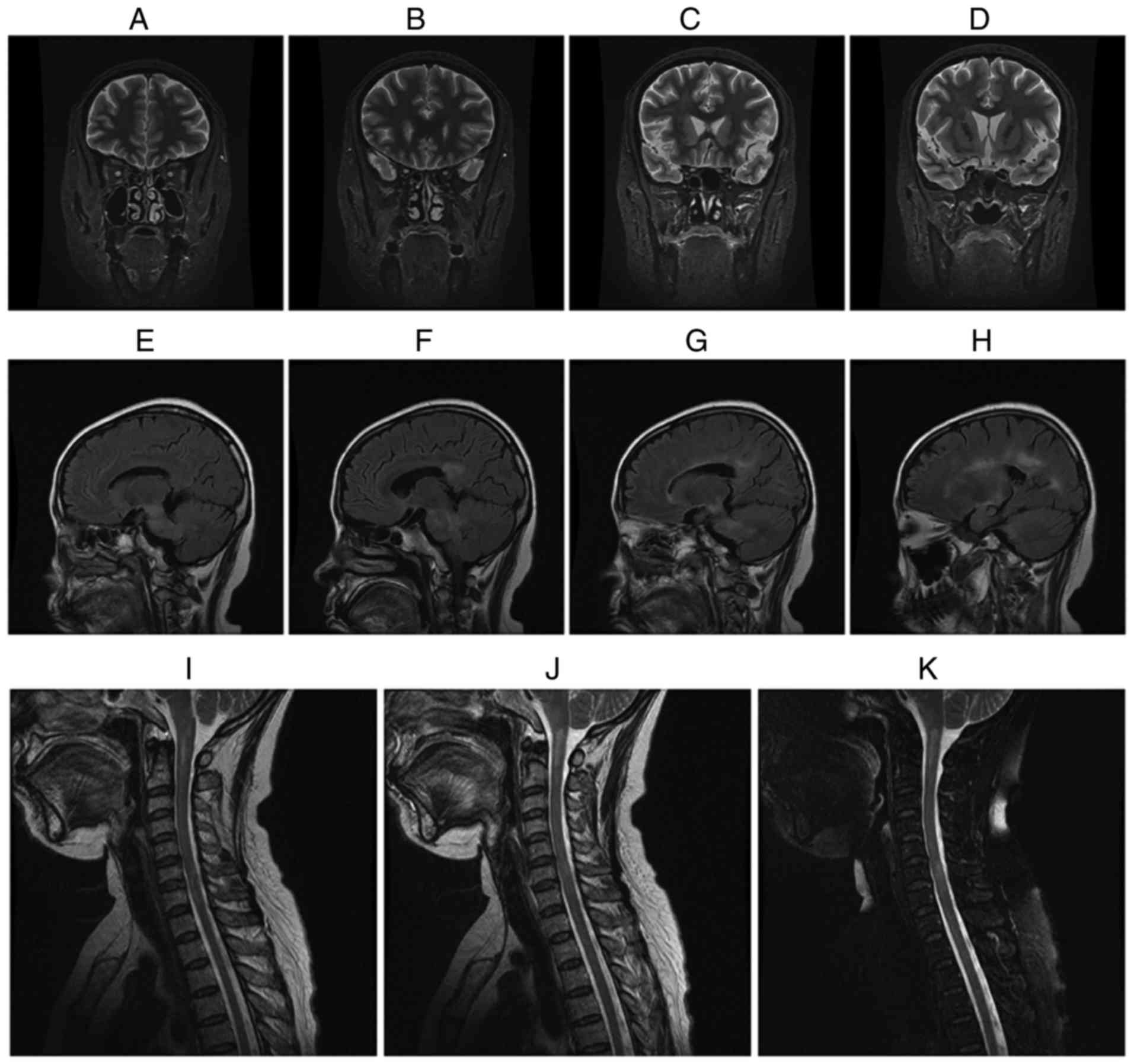

However, the high rate of monophasic disease may be an overestimate due short follow up (right censoring) as recent case reports documented disease reemergence years and even decades after the initial episode in childhood ( 18, 19). Unlike Multiple Sclerosis (MS), where relapse rates are higher in children and decline with older age, in MOGAD the majority of children are not prone to frequent relapses, with 80% of having a monophasic course ( 17). In children under the age of 11, ADEM-like phenotypes (encephalopathy, multifocal neurologic deficits and “fluffy” supratentorial cerebral lesions in a bilateral distribution) predominate, while in adolescents and adults, focal syndromes of optic neuritis or longitudinally extensive myelitis are more common ( 11, 15, 16). While no phenotype is restricted to any specific age group, some generalizations about clinical presentations of MOGAD in children and adults are possible. While this organization is useful for didactic purposes, it should be borne in mind that MOGAD may involve multiple regions of the CNS simultaneously– much more often than other CNS inflammatory diseases, and that half of MOGAD patients have active lesions in more than one location at the time of initial presentation ( 11– 14). In this review, we organize the clinical presentations of MOGAD by neuroanatomic compartments, while emphasizing the wide range of reported presentations. However, because the spectrum of MOGAD encompasses many NMOSD-atypical presentations, and because of differences in pathophysiology–AQ4-ab-positive NMOSD being an astrocytopathy and MOGAD being an oligodendrocytopathy-there is an increasing tendency to recognize AQ4-Ab-positive NMOSD and MOGAD as distinct entities ( 6– 10). Indeed, a minority of patients with Aquaporin-4 antibody (AQ4-ab)-seronegative NMOSD−42% in one series–test positive for MOG-Ab ( 5). Early reports of MOG Associated Disease (MOGAD) emphasized its similarity to Neuromyeliits Optica Spectrum Disorder (NMOSD) ( 2– 4).

The ability of MOG antibody (MOG-Ab) to induce autoimmune disease in animals has been known for decades ( 1), but it is only recently since the cell-based assay for MOG-Ab IgG 1 has been developed and commercialized, that it became possible to characterize clinical syndromes associated with MOG-Ab in humans.


 0 kommentar(er)
0 kommentar(er)
